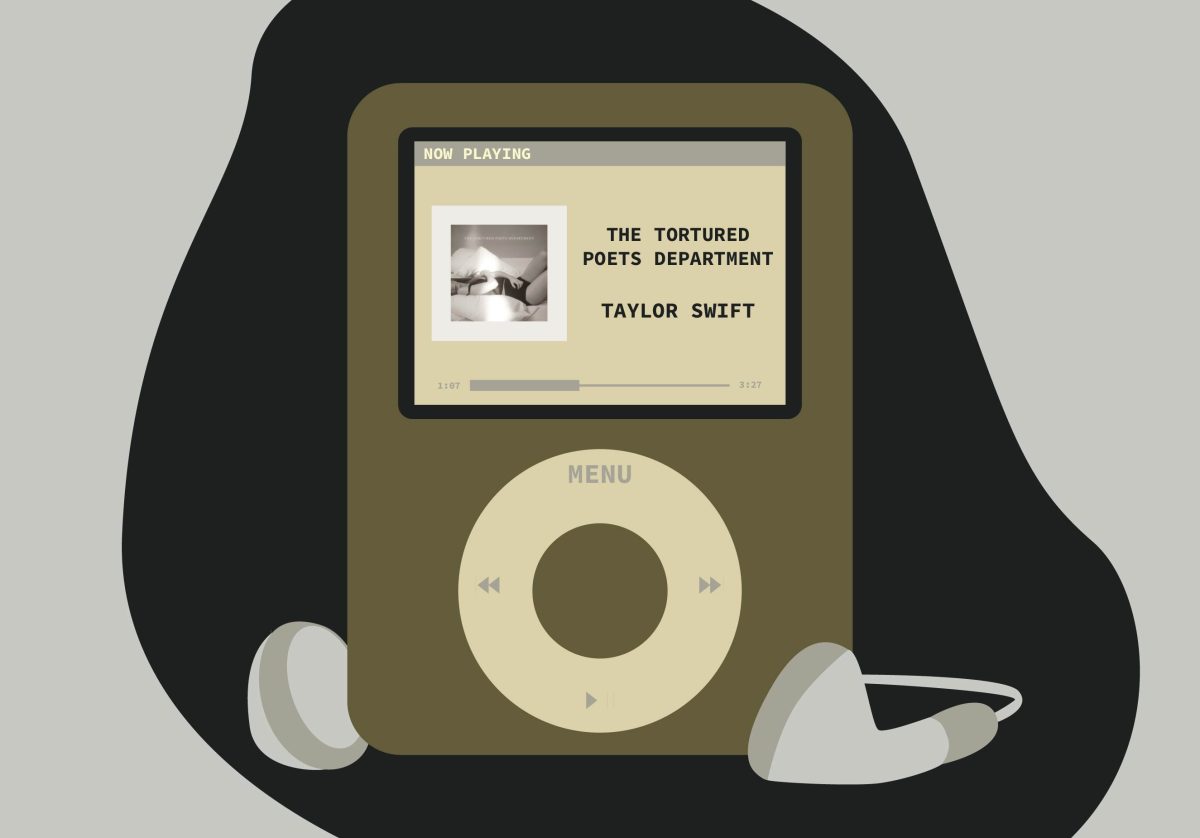.BY KERI CARLSON
[email protected]
Minneapolis began at the river.
The Mississippi powered the mills factories that helped establish the city and thus, the first formation of downtown began around the Falls of St. Anthony.
But Minneapolis is not a city that dwells on its past – at least not in terms of architecture. Downtown can be quite ruthless in its fervor for destroying gaudy, historical 19th-century buildings in favor of new, glassy modern styles. Sections of downtown are devoid of all original architecture from the early- to mid-1900s.
In Larry Millett’s document of the changing Twin Cities’ landscape, “Twin Cities Then and Now,” he notes that the riverfront area (the foot of Hennepin Avenue) consistently has changed over the past century – erecting and demolishing as many as “five generations of buildings.”
The Guthrie Theater is one of the first major architectural feats to dominate the Mill City landscape and turn the city’s focus back to the river.
Even more than that, the new building is a nod to the river’s history of industrial spaces, but it is also consistent with Minneapolis’ modern and futuristic architectural endeavors.
BY SARA NICOLE MILLER
[email protected]
To view the Guthrie Theater from the riverbanks or the Stone Arch Bridge, the building has the aesthetic repertoire of a grain silo or flour mill that once was characteristic of the riverfront area. Only this 285,000 square-foot building has been souped up and molded into a midnight-blue geometric superstructure. Many onlookers have whispered about the role of its colored façade in comparing it to the exhibitionistic, egomaniacal relative of your average Ikea store.
But alas, mere mortals, this is no Ikea. The building resembles an extravagant modern version of a Willy Wonka factory. Whereas Willy’s factory was filled with slanted hallways, secret tunnels and absurd-sized doorways, architect Jean Nouvel is also a master of optical illusion – toying with the viewer’s spatial perception of the surrounding riverfront. Every window has a focal point from which to view the picturesque world beneath. And it’s your job to find it within the cubical steel spaces that frame the windows.
Through Nouvel’s charming return-to-the-majestic-river philosophy, he chose to place performance spaces above ground to promote the visual landscape scanning from all directions. The public ascends into the stomach of the building via escalators to the elevated lobby on the fourth floor. Upon this entry, visitors can promenade out onto the cantilevered “endless bridge” or into the thrust and proscenium lobbies that frame panoramic views of the Mississippi and the downtown Minneapolis skyline.
Amid the intricate angles and curves that make up the lobbies and sweeping blue corridors, visitors come face to face with the phantoms of the Guthrie’s theatrical past. Wall-size screen prints of actors from previous performances immortalize the soul of the old Guthrie. Past performances such as “Dream on Monkey Mountain” (1994) and “Lake Hollywood” (2000) are glorified on backlit photos mounted on curved walls.
The new Guthrie comes complete with three brilliant stage spaces. The thrust stage, made famous in the theater’s previous location on Vineland Place (built in 1963), has been re-created, complete with the multicolored seats, the acoustic “clouds” that hang from the ceiling and the familiar intimate ambience. The new picture frame-shaped proscenium stage allows the Guthrie to collaborate with other theater companies, which often have only proscenium stages, on future endeavors, as well as provide a more classical space. The black box stage, on the ninth floor, provides a space for experimental theater.
Given all the aesthetic splendor of the new Guthrie, don’t be surprised if you can’t swallow it all in one mouthful. However, the explorative task set before you becomes more overwhelming when you consider that the new Guthrie is only one of many new snazzy structures devoted to the arts to pop up on the Minneapolis horizon.
Large puddles of art-critic drool have formed outside other Twin Cities’ buildings, too: the Minneapolis Public Library, the new Walker Art Center and the Minneapolis Institute of Arts expansion, to name a few. But none of these new buildings have created the same praise that the Guthrie has received from around the world. And neither do the other structures revitalize the city’s scenery as much as the Guthrie.















